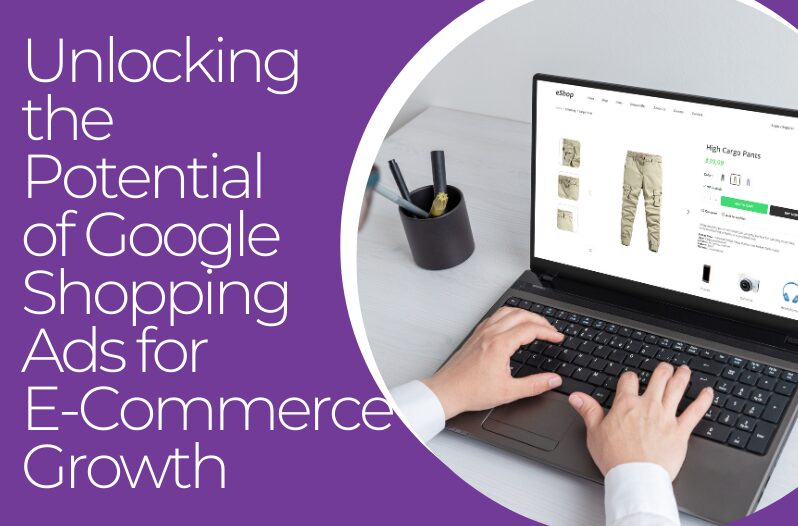What if you could place your products directly in front of customers at the exact moment they’re searching for them? In the highly competitive world of e-commerce, standing out can feel like an uphill battle. Google Shopping Ads offer a unique opportunity to bridge that gap—but how do you unlock their full potential? This article dives into the strategies, tradeoffs, and challenges of using Google Shopping Ads to drive e-commerce growth, helping you make informed decisions and achieve sustainable success.
The Power of Google Shopping Ads
Google Shopping Ads are uniquely designed to showcase products alongside their prices, images, and seller information. This format allows e-commerce businesses to present their offerings in a way that is both visually appealing and highly informative. The primary benefits include:
Enhanced Visibility : Shopping Ads appear prominently in Google search results, often above organic listings. This prime placement increases the likelihood of attracting clicks.
Targeted Traffic : By leveraging Google’s advanced algorithms, these ads ensure that products are shown to users who are actively searching for related items.
Improved Conversion Rates : The visual format and detailed product information help users make informed purchasing decisions, reducing the likelihood of cart abandonment.
Key Factors Impacting Success
To unlock the full potential of Google Shopping Ads, e-commerce businesses must consider several critical factors:
Product Feed Optimisation:
- A well-structured product feed is the cornerstone of successful campaigns. This includes accurate titles, detailed descriptions, high-quality images, and competitive pricing.
- Keywords: Incorporating relevant keywords such as “best deals,” “discounts,” and “fast shipping” can enhance visibility and relevance.
Bidding Strategies :
- Choosing the right bidding strategy is essential for balancing cost and ROI. While higher bids can improve ad placement, they may also increase acquisition costs.
- Automated bidding tools can help businesses optimise their budgets and focus on high-performing products.
Audience Targeting :
- Segmenting audiences based on demographics, interests, and purchasing behaviour allows businesses to tailor their campaigns effectively.
- Remarketing strategies can re-engage users who have previously shown interest but did not complete a purchase.
Performance Metrics :
- Tracking key performance indicators (KPIs) such as click-through rates (CTR), conversion rates, and return on ad spend (ROAS) provides valuable insights for campaign optimisation.
Tradeoffs and Challenges
Balancing these factors often involves tradeoffs. For example, allocating a larger budget to high-performing products might yield better immediate results but could limit the visibility of other items in the catalog. Similarly, focusing exclusively on low-cost keywords might reduce expenses but fail to capture high-intent buyers.
Challenges associated with Google Shopping Ads include:
Competition : The e-commerce landscape is highly competitive, with multiple businesses vying for the same keywords and ad placements.
Complexity : Managing and optimising Shopping Ads requires a deep understanding of Google’s algorithms, bidding strategies, and audience segmentation.
Dynamic Market Conditions : Fluctuations in consumer behaviour, seasonal trends, and economic factors can impact campaign performance.
Making Informed Decisions
When implementing Google Shopping Ads, businesses must consider the long-term impact of their decisions. This includes:
Investing in Technology : Leveraging tools such as Google’s Merchant Center, analytics platforms, and AI-driven optimisation software can streamline campaign management.
Continuous Testing : Regularly testing different ad formats, bids, and keywords ensures that campaigns remain effective in a constantly changing market.
Customer-Centric Approach : Understanding and addressing the needs of the target audience enhances user experience and fosters brand loyalty.
Conclusion
Google Shopping Ads represent a valuable opportunity for e-commerce businesses to expand their reach and drive growth. By focusing on factors such as product feed optimisation, bidding strategies, and audience targeting, businesses can maximise their ROI and achieve sustainable success. While challenges and tradeoffs are inevitable, a strategic and data-driven approach can help overcome these obstacles and unlock the full potential of Google Shopping Ads.





